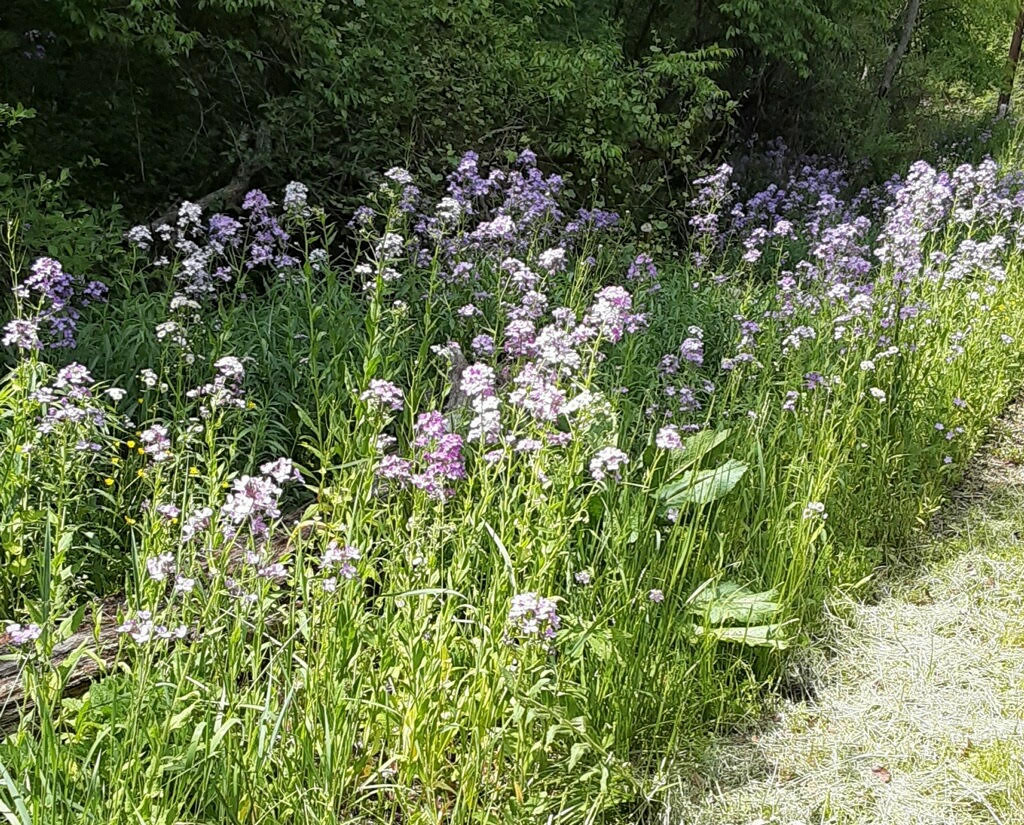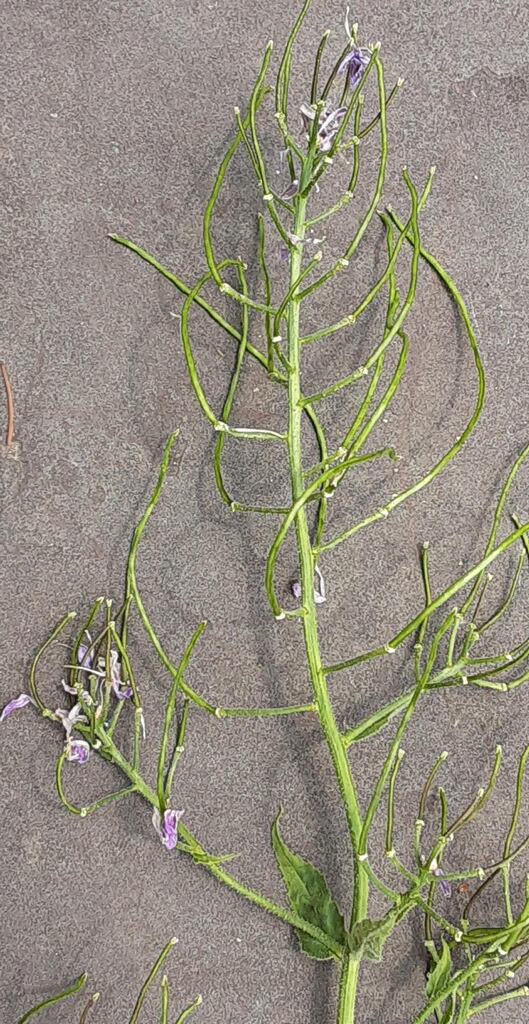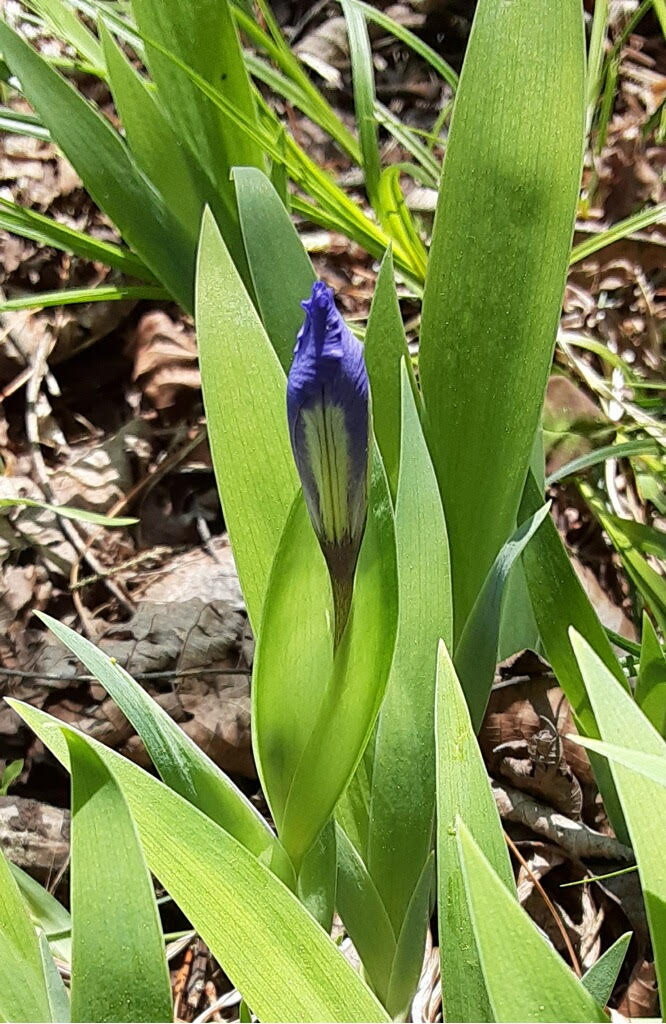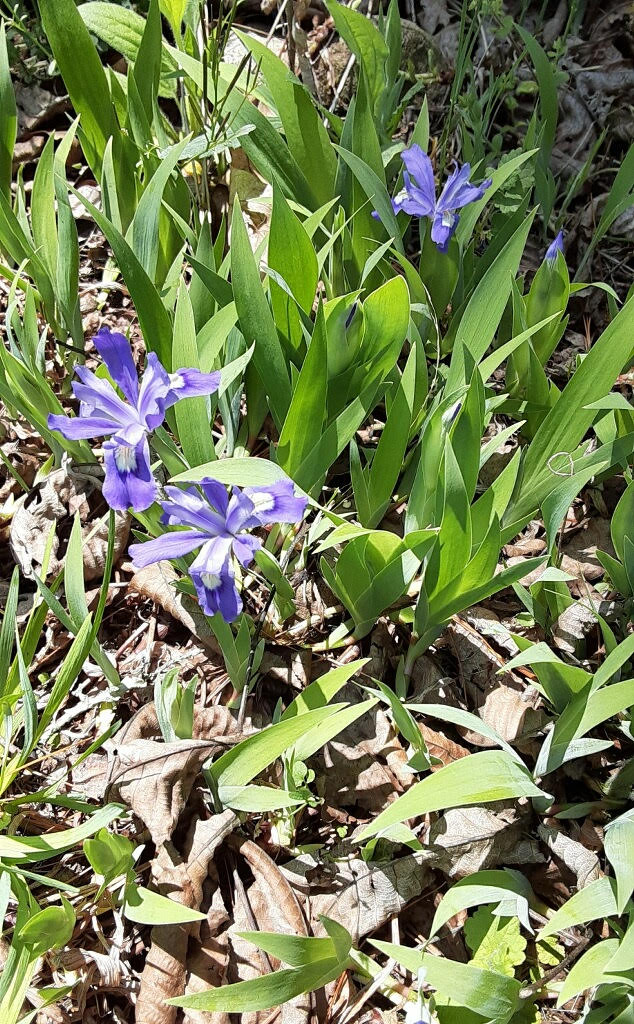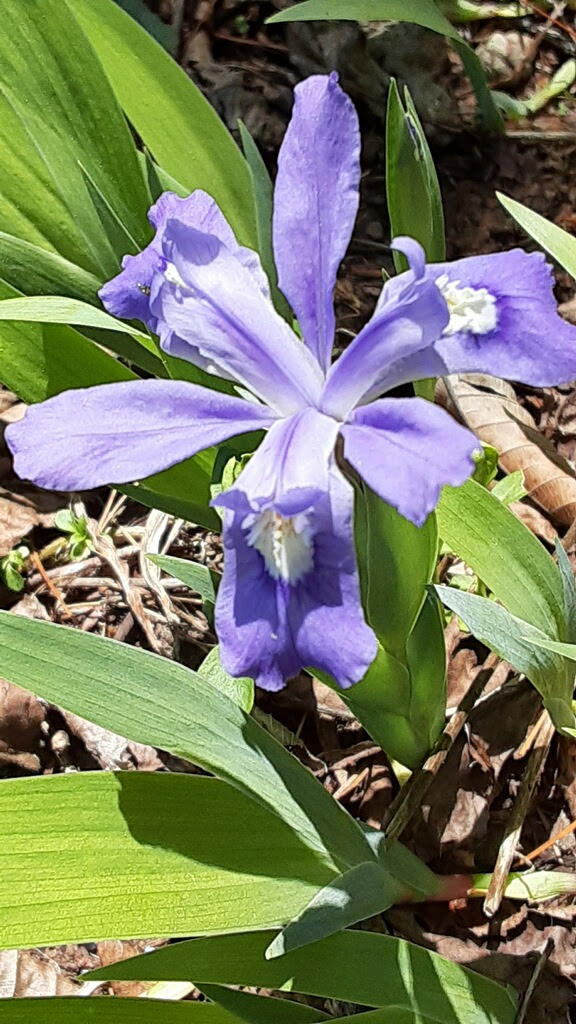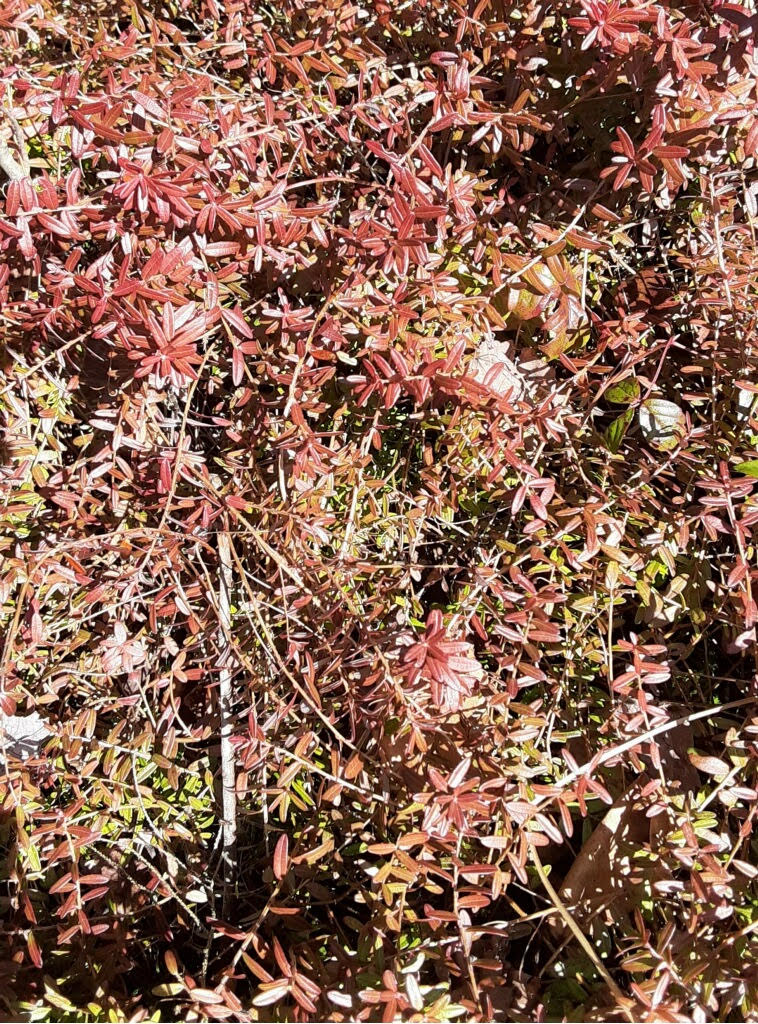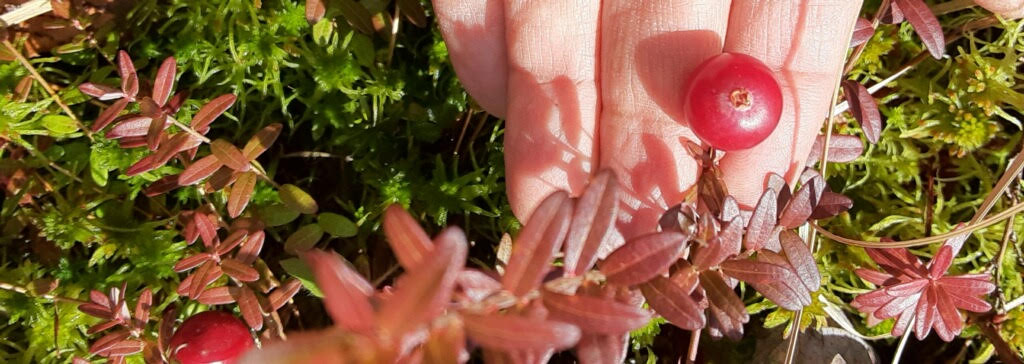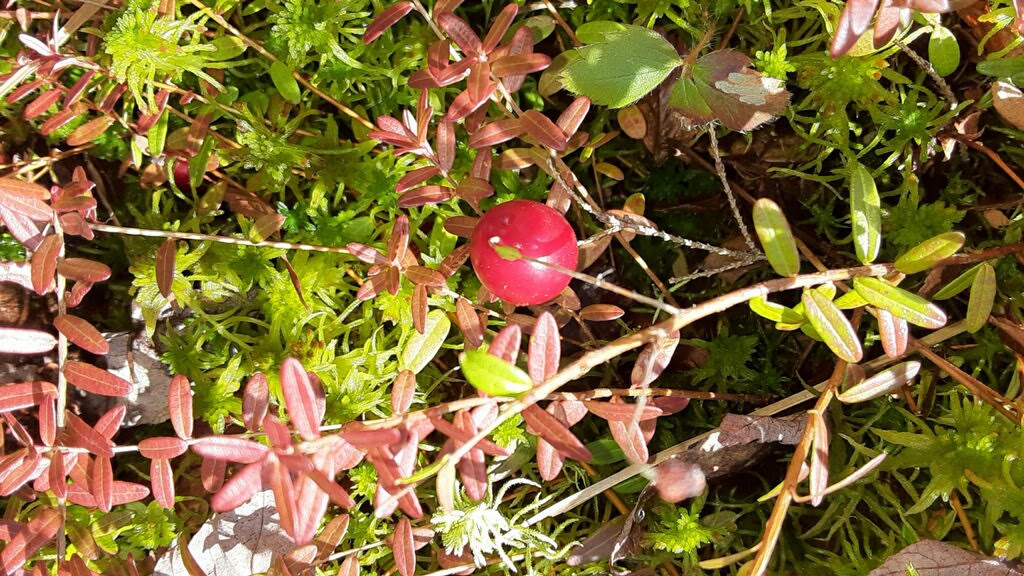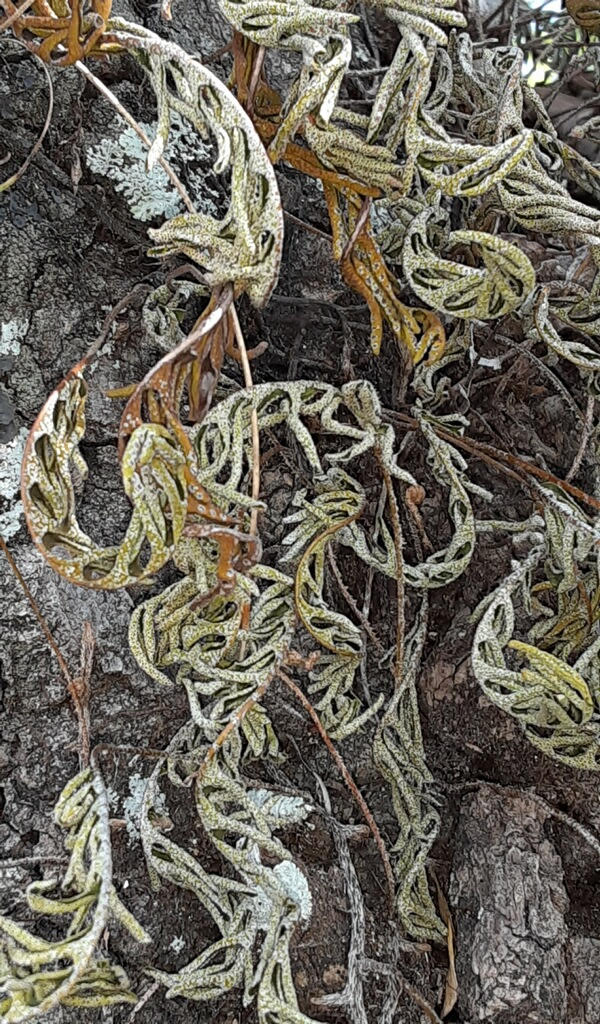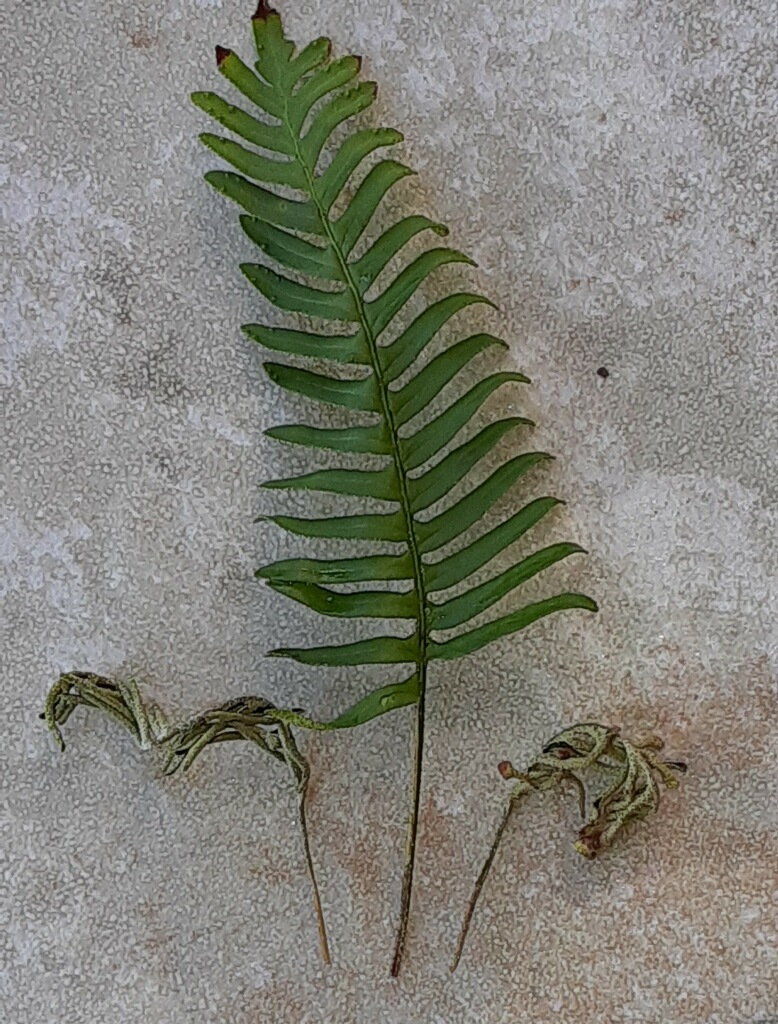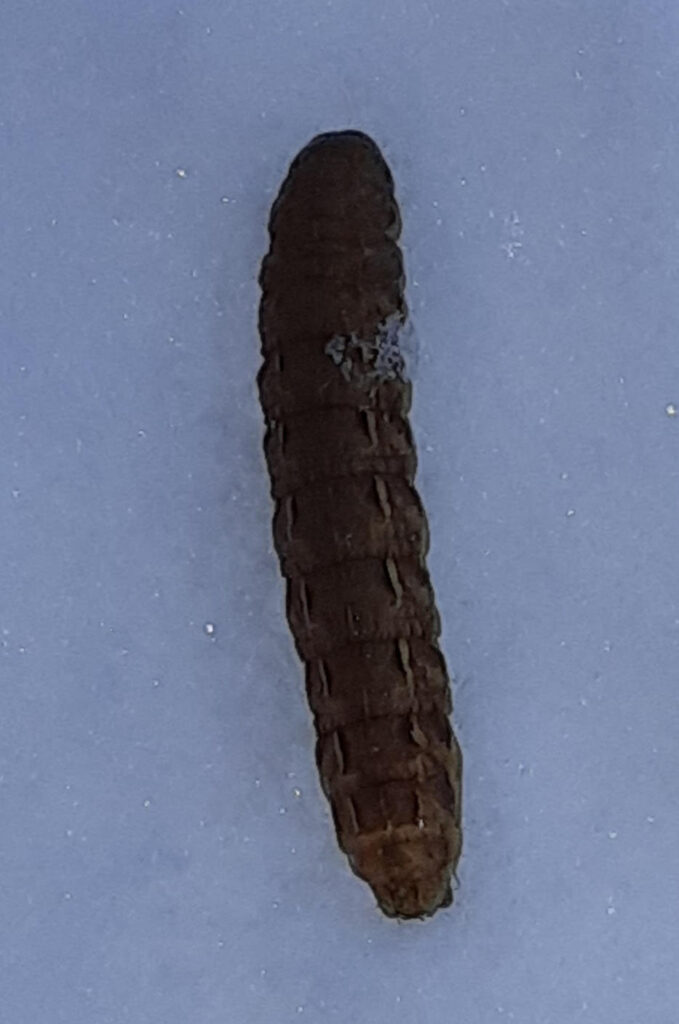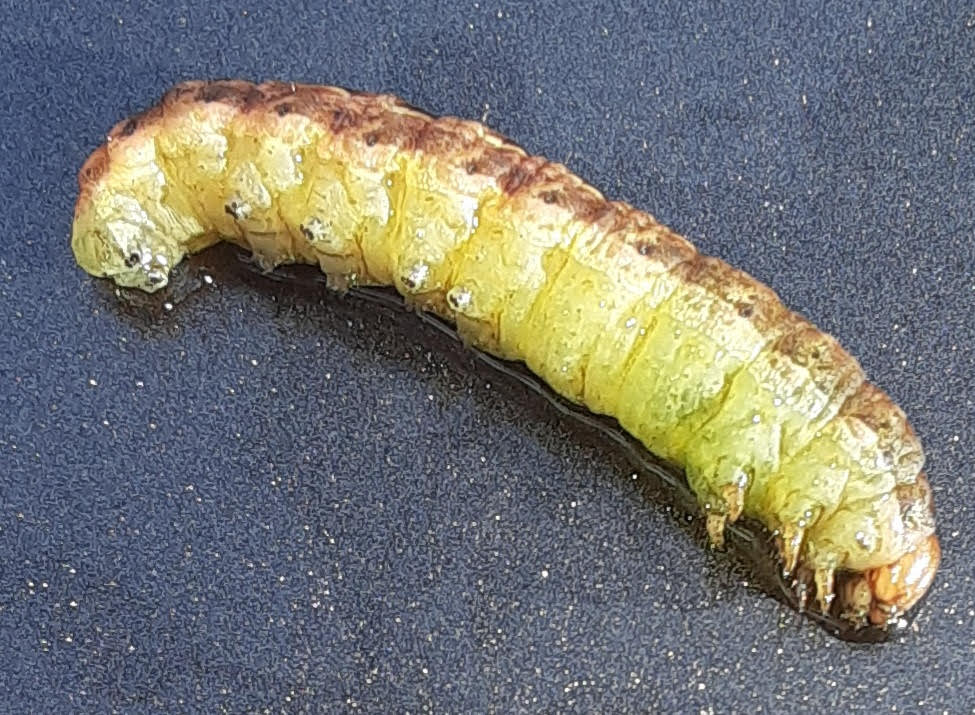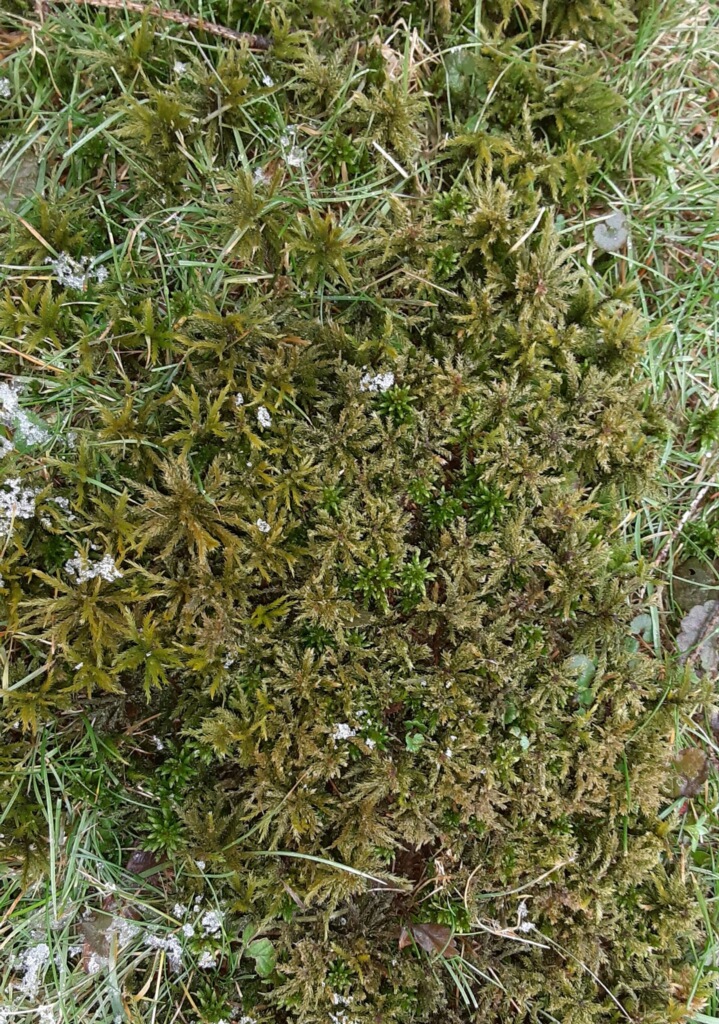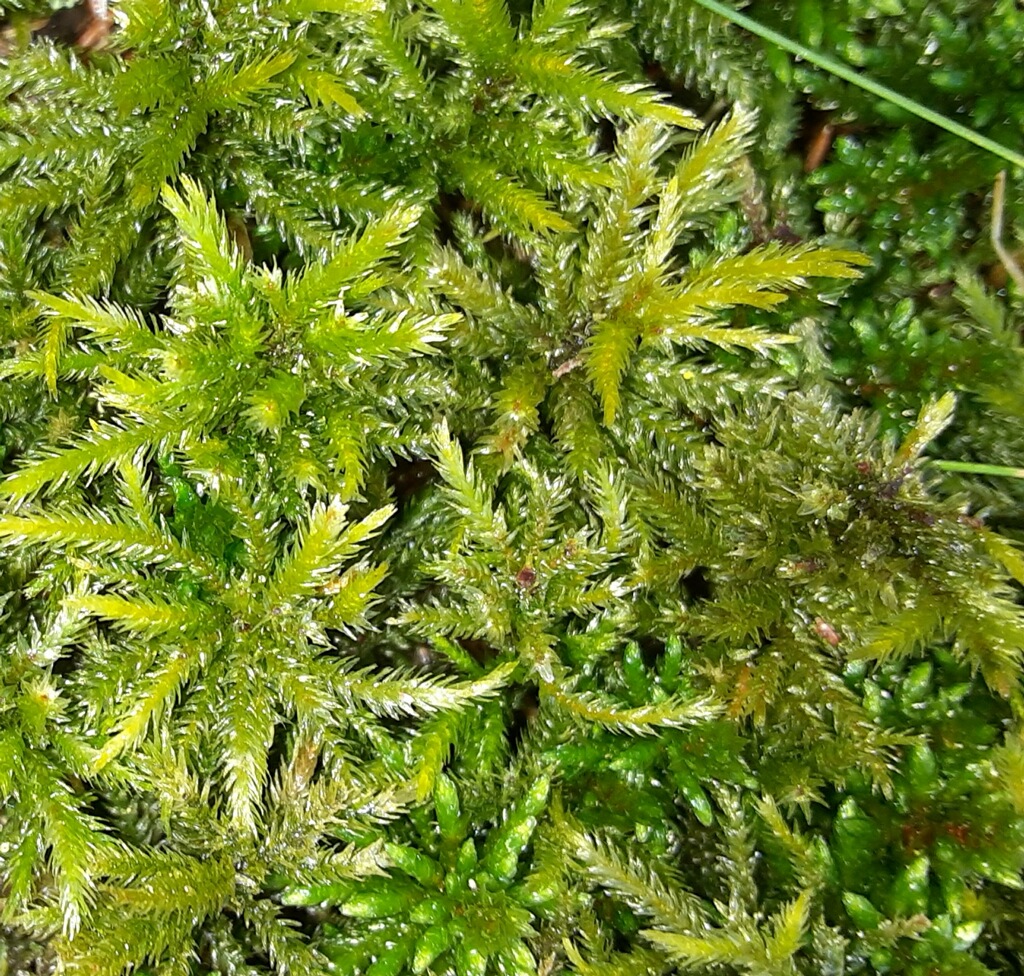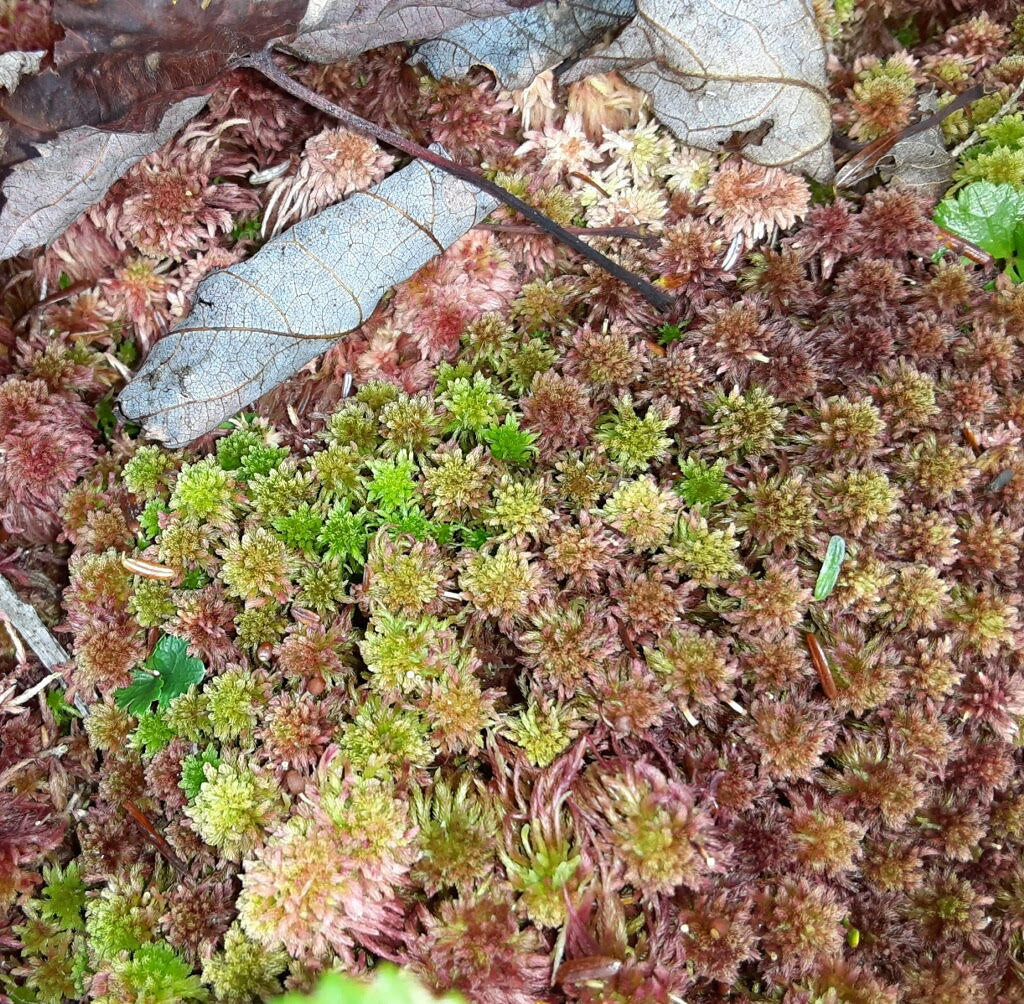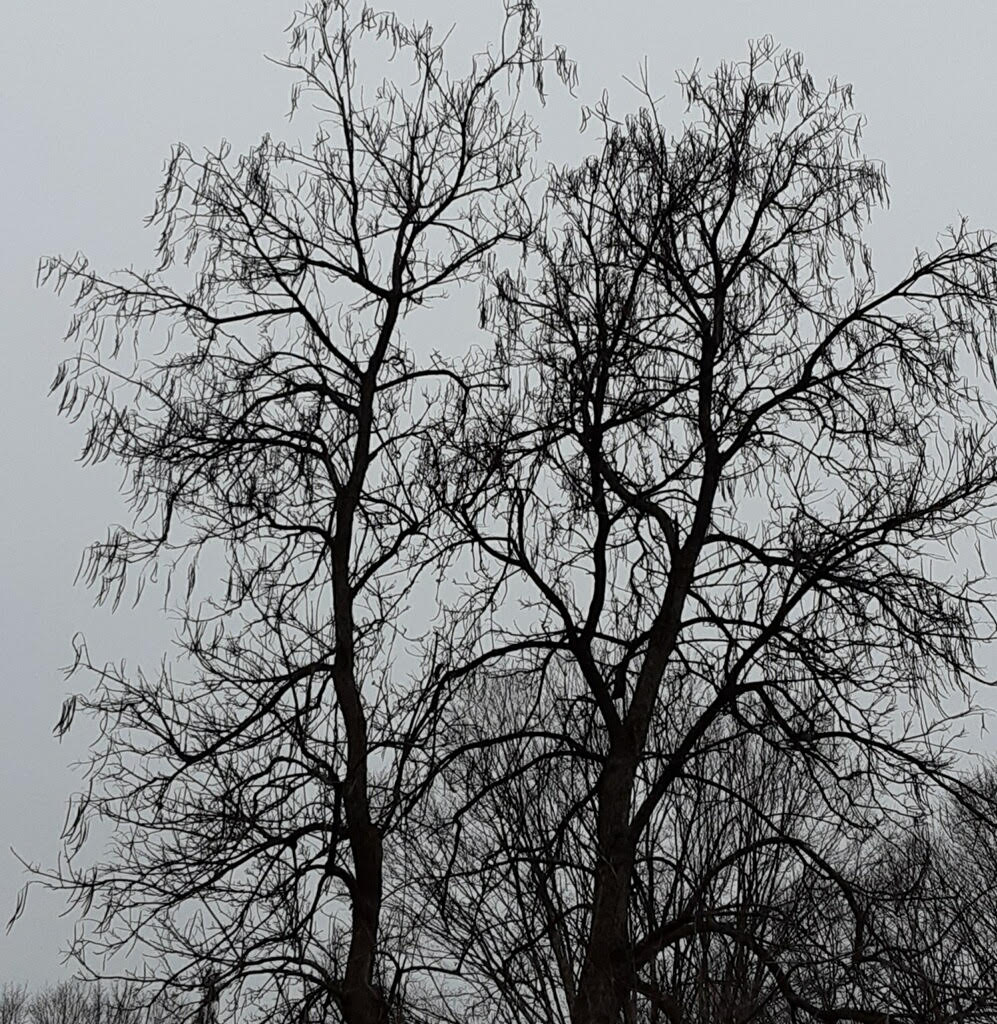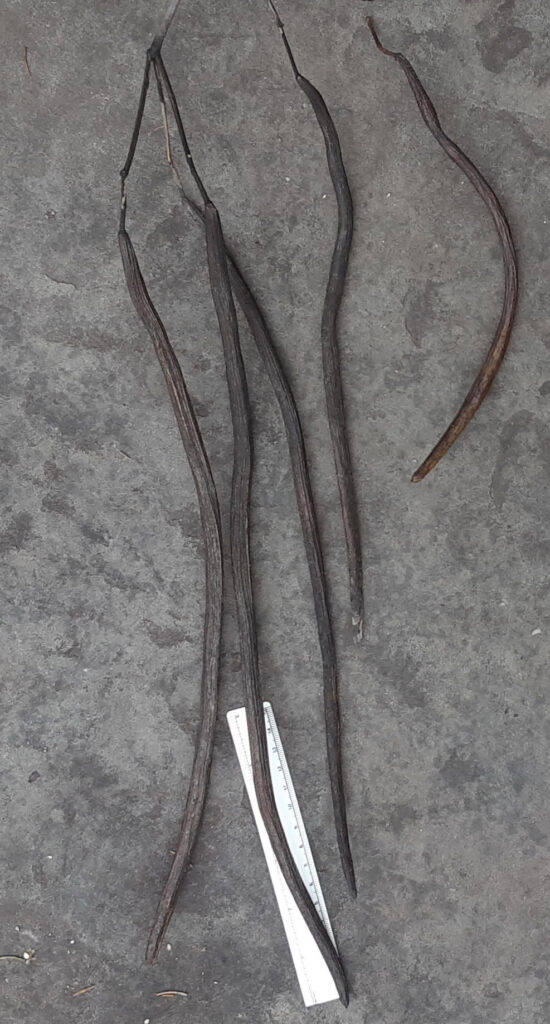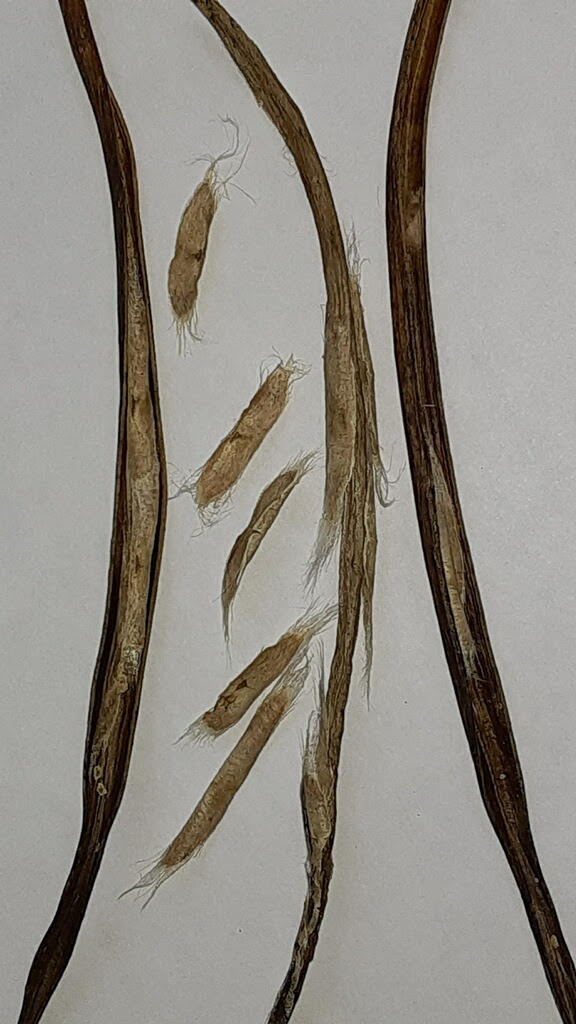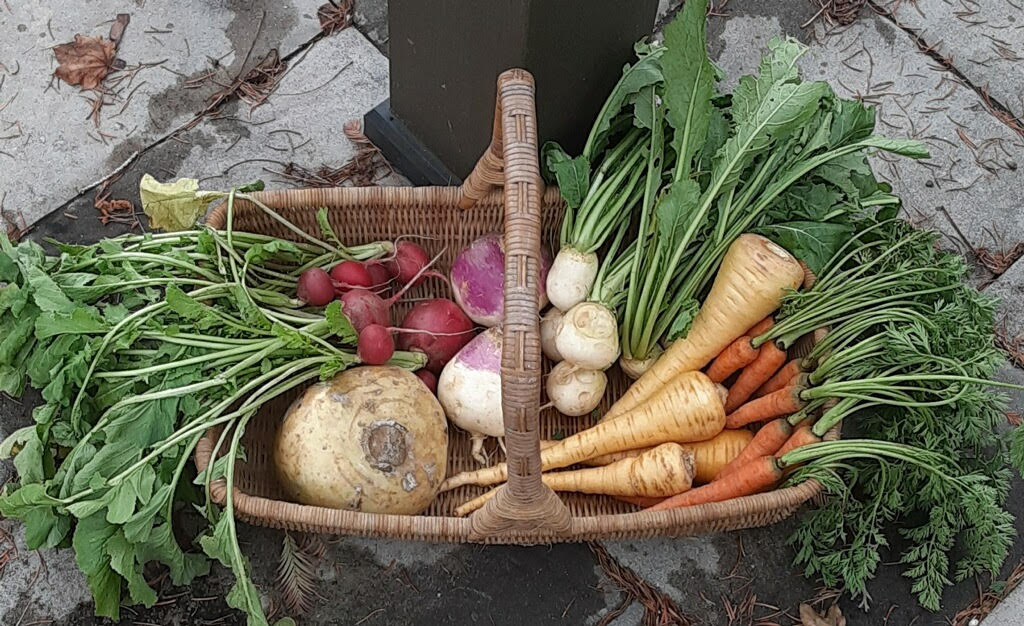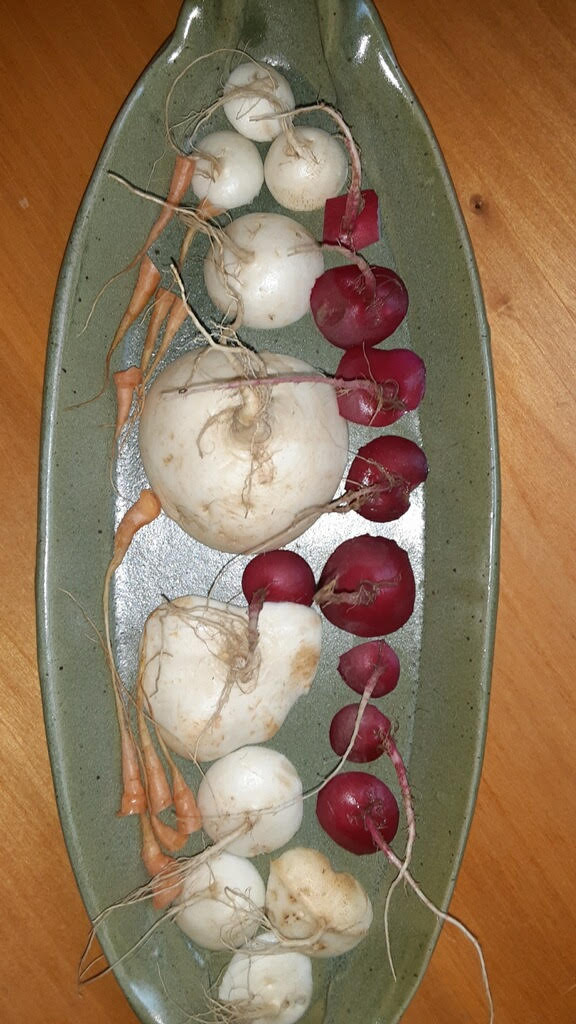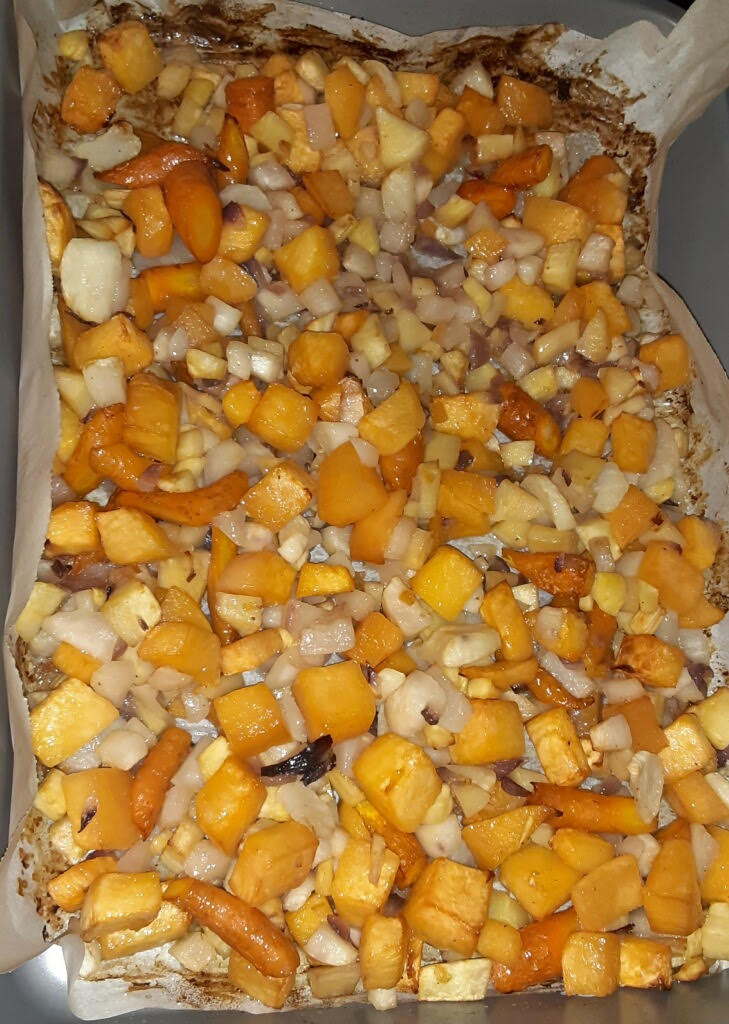(A mnemonic for remembering Kingdom, Phylum, Class, Order, Family, Genus, Species)
By Susan Sprout
Remember learning this sentence in Life Science class? It was used to help students remember the various steps in the Linnaean Classification System developed in the 18th century and used to group organisms together based on the body structures they shared. Wow, has this system evolved since then as advanced knowledge and technology became available to help biologists do a better job of it!
Let us look at the “Phillip” word – PHYLUM. It is the name given to a major group of animals or plants that share important characteristics which set them apart from all the other plants and animals. For example, Phylum Mollusca. Mollusks are soft-bodied animals without backbones. Two unique body parts are their radula, a flexible toothed “tongue” used to rasp (like a file) food into their digestive tracts and their mantles, organs that create protective shells of calcium carbonate. There are roughly 80,000 different kinds of mollusks living today. We need to add 100,000 to that total if we count all the mollusk fossils that have lived and died out for the last 500 million years.
We do not need to visit a sandy beach near the ocean to find mollusks because we have them right here in Pennsylvania! I was able to photograph two different kinds of mollusks – a snail, having a shell, and a slug, that does not grow a shell on the outside of its body. Pennsylvania has over 100 SPECIES (“Spaghetti” word) of land snails and slugs and 63 species of freshwater snails at last count. Biologists have completed population samples of snails and slugs in some of the wild places in this state.
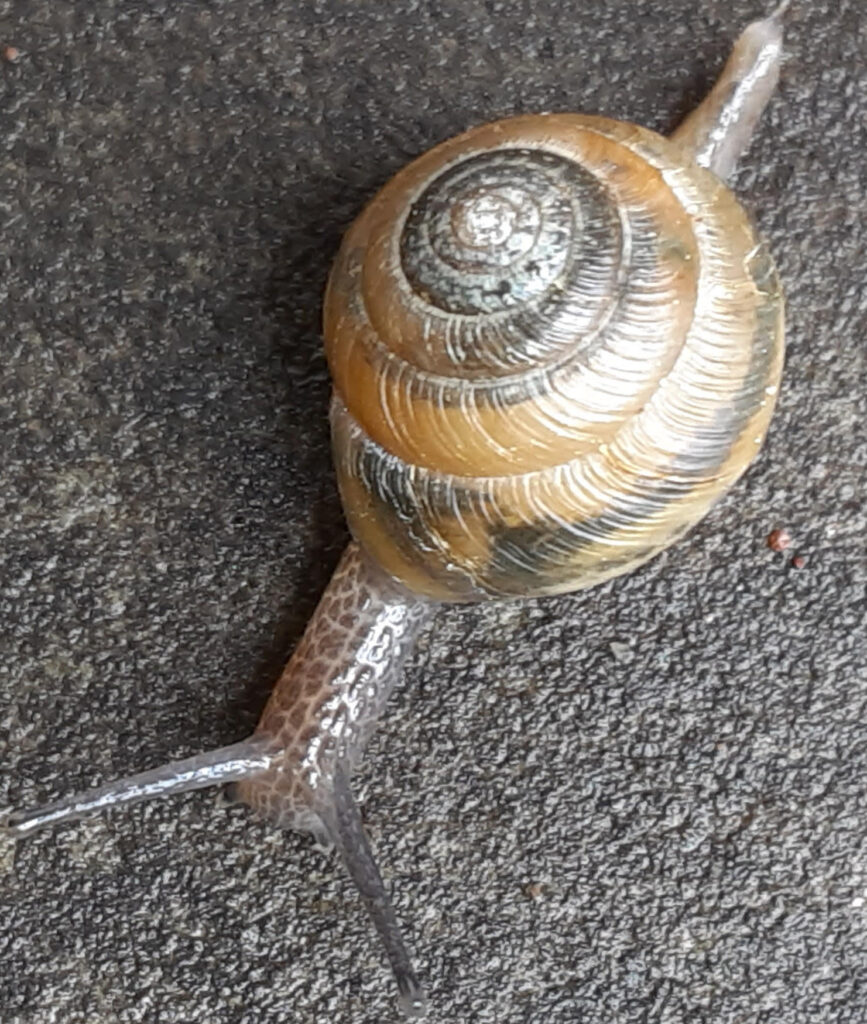
Land snails and slugs make short work of dead and alive (sadly, for gardeners) plant matter. Their bodies return nutrients in the items they eat to the environment quickly, recycling them for others to absorb and use. The muscular body part that gets them around is called a “foot.” Its cells exhude mucus that smooths their travels over the sharp or scratchy things they encounter and helps them stick fast as they climb. Dried, it becomes a shiny trail used to locate other snails and slugs. It was a shiny trail that called my attention to the comings and goings of the snail I photographed and simply followed to find where it was hiding under a leaf. On their heads, snails and slugs have four tentacles, two longer ones that have eyes at their tips and two shorter ones under them for catching scent. Their eye parts, like ours (retina, lens, optic nerve), help them respond to light or movement as well as see in front of them. They have both male and female reproductive organs in their bodies and, according to some resources, can lay 500 eggs per year.
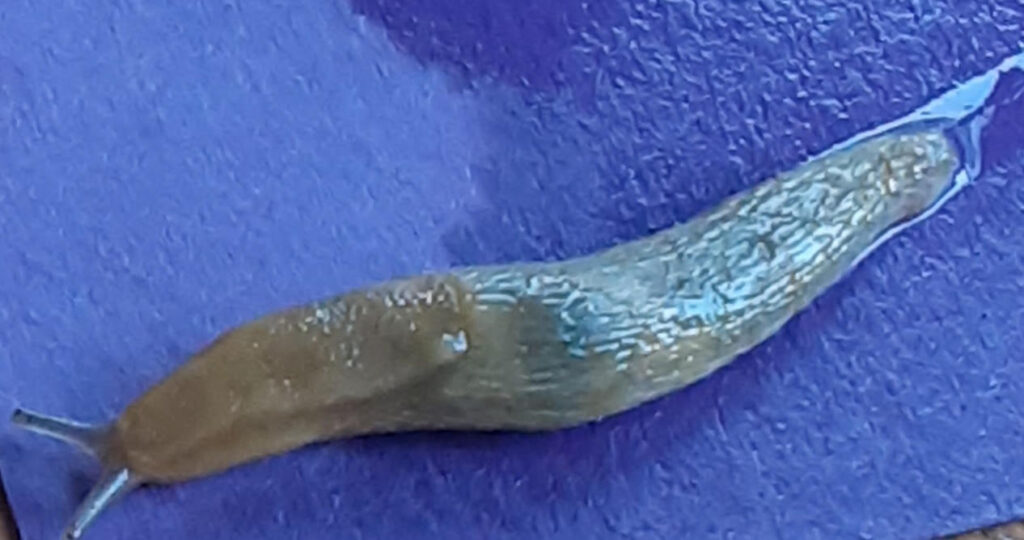
Snails and slugs can play roles as pollinators when the fragrant smell of flowers lures them in. When they eat fungus, they dispense spores. They provide food sources for predators – birds, raccoons, insects, voles. They are decomposers that provide nutrients through their scat and their bodies when they die. Their shells are an important source of calcium for other animals. They are considered important environmental indicators and biodiversity predictors that may well play a role in monitoring the changing climate.
*Kingdom, Phylum, Class, Order, Family, Genus, Species


